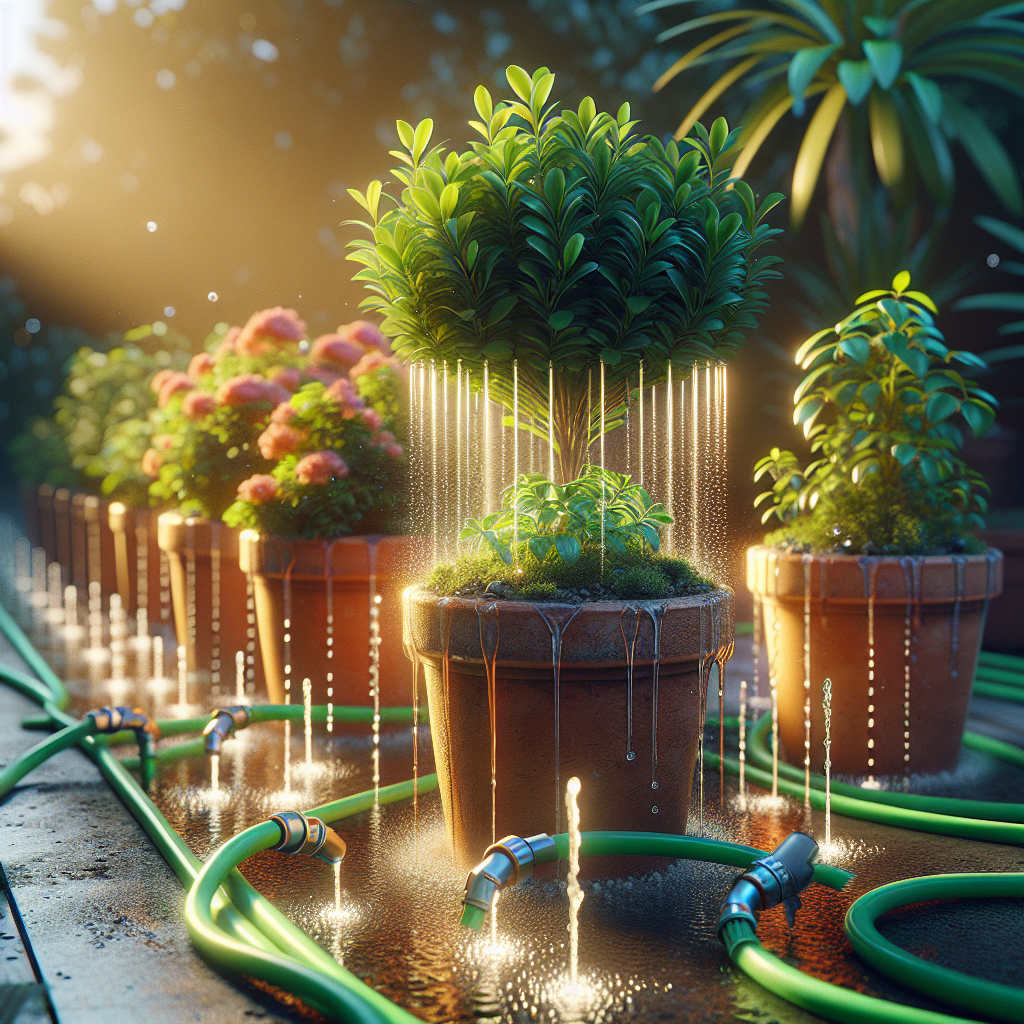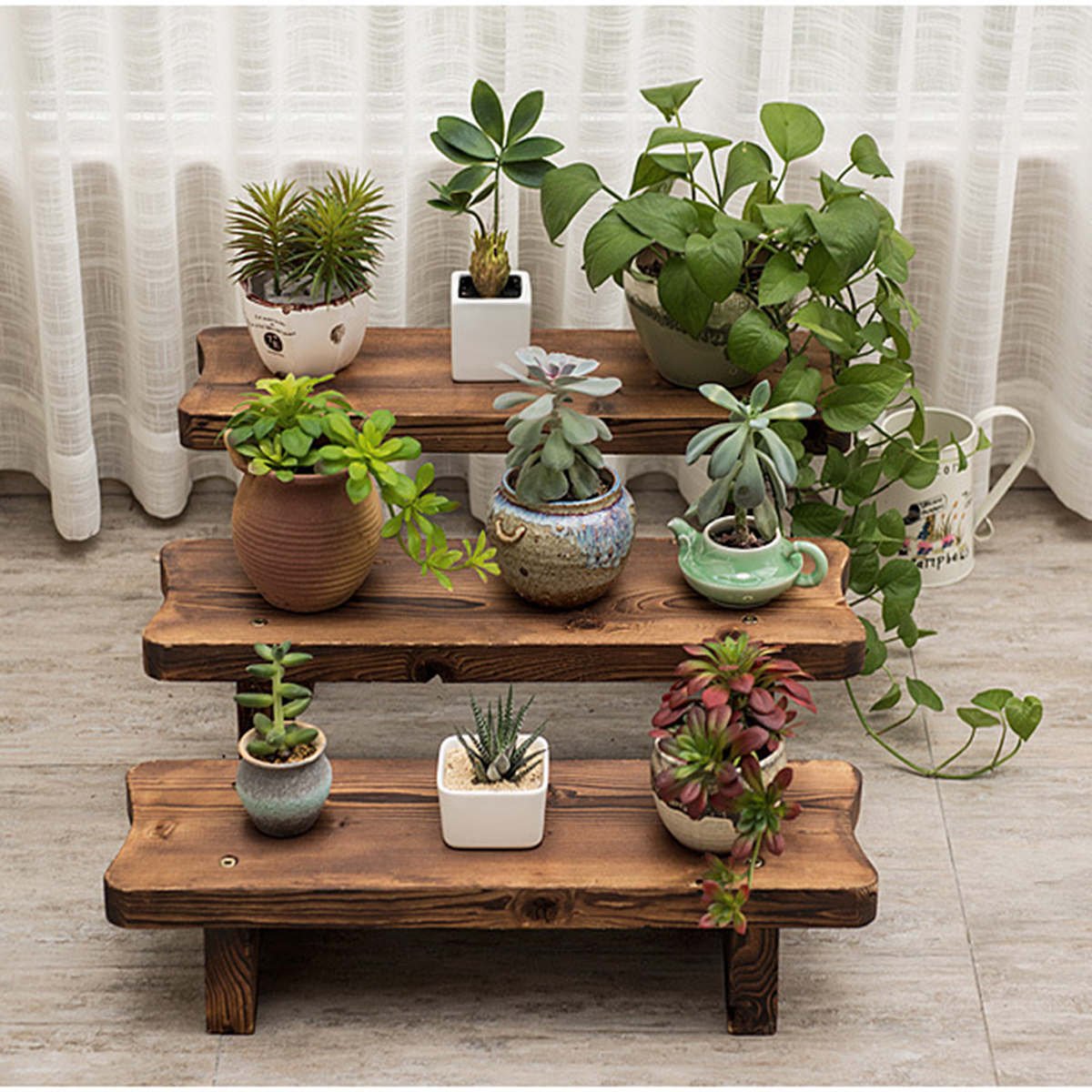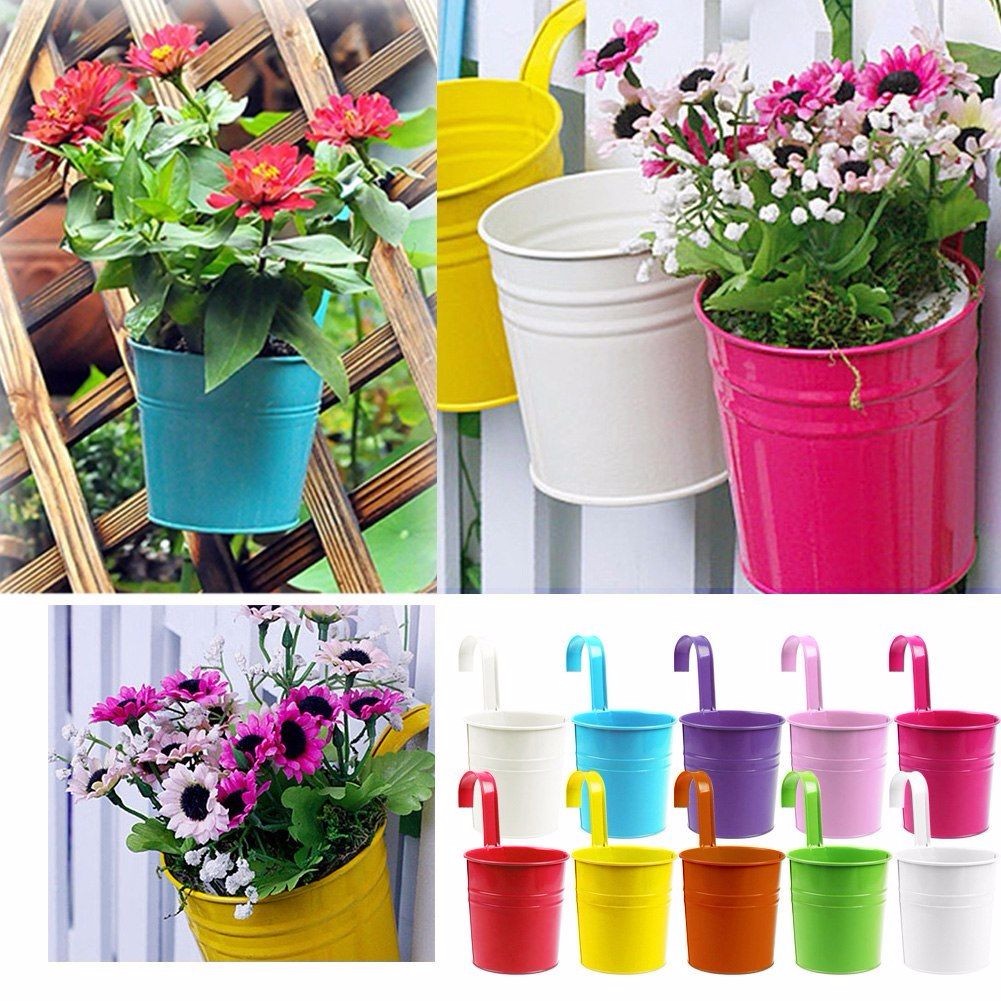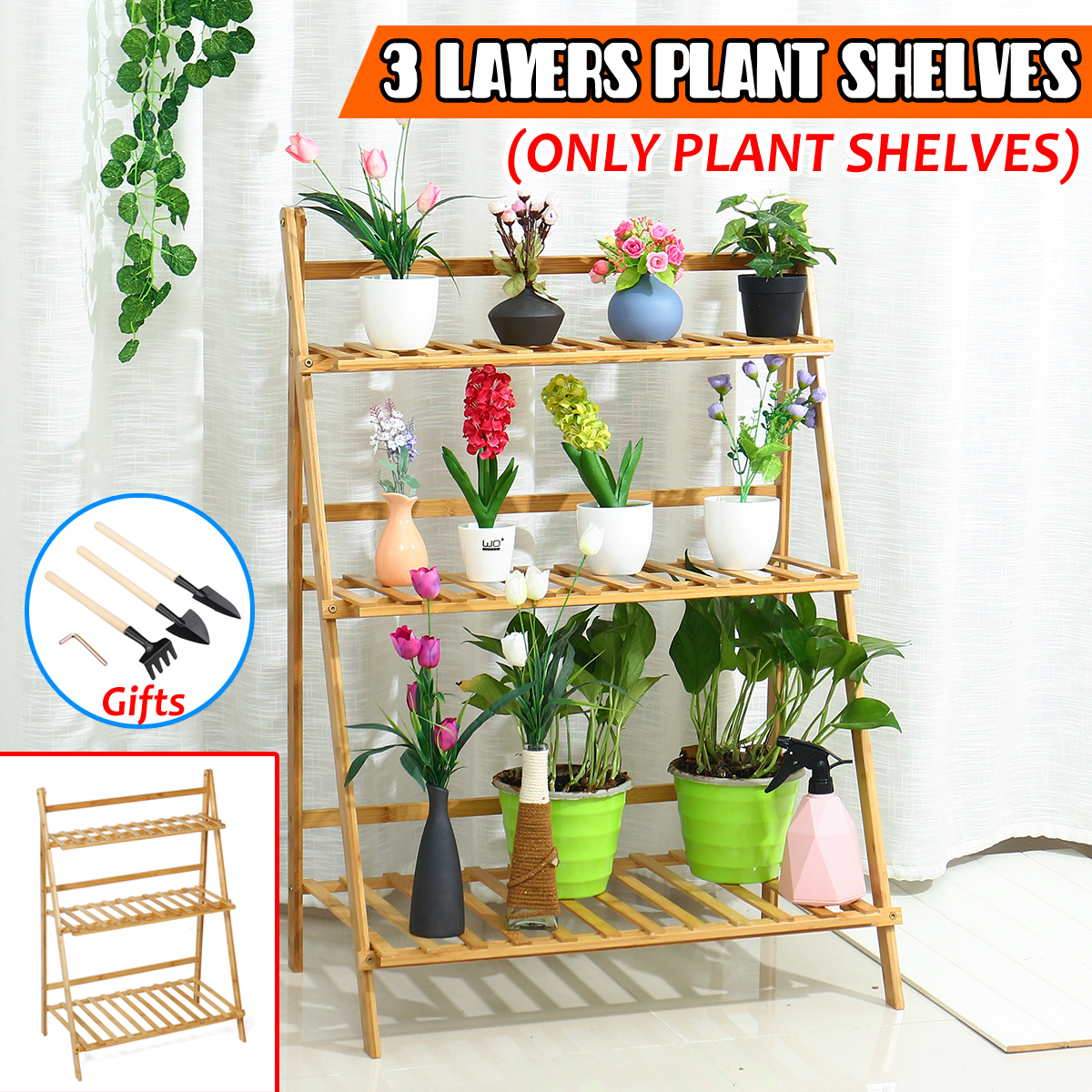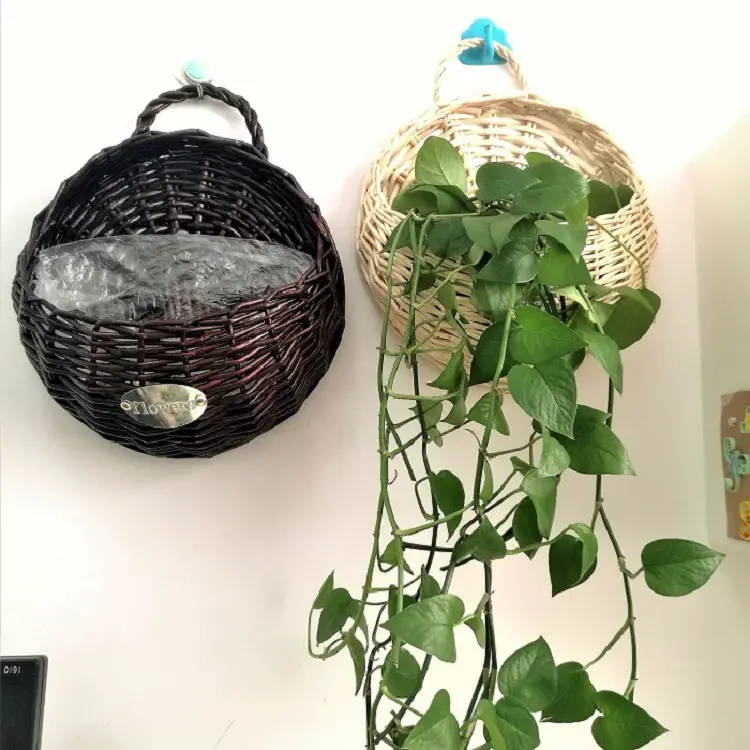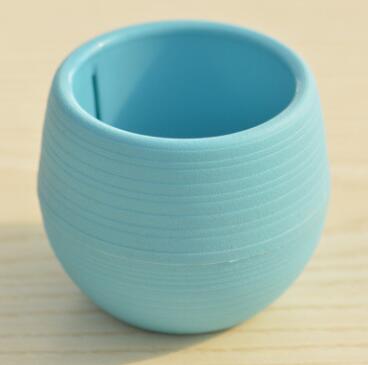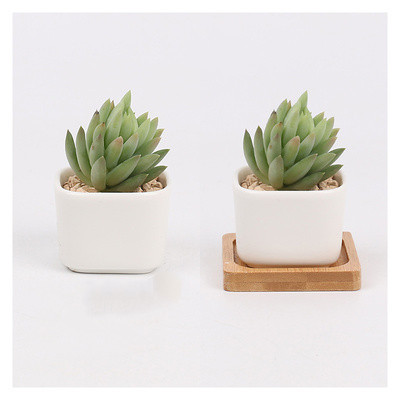Enhancing Plant Health with Slow Drip Irrigation Techniques
Introduction:
Water is one of the essential elements for plant growth and health. While traditional irrigation methods such as sprinklers and flood systems are commonly used, they often lead to water wastage, inefficient nutrient delivery, and increased susceptibility to diseases. To address these issues and improve plant health, slow drip irrigation techniques have gained popularity among gardeners and farmers. This article will explore the benefits of slow drip irrigation and discuss how this technique enhances plant health.
1. Understanding Slow Drip Irrigation:
Slow drip irrigation is a method where water is delivered directly to the root zone of plants at a slow rate, allowing it to penetrate deeply into the soil without runoff or evaporation. Unlike traditional irrigation systems that spray water over a large area or flood it, slow drip systems rely on the gradual release of water through specialized emitters or drippers positioned near each plant’s base.
2. Conserving Water:
One of the most significant advantages of slow drip irrigation is its ability to conserve water compared to other methods. Traditional watering techniques often result in excessive water loss due to evaporation, wind drift, and runoff. In contrast, slow drip systems minimize these losses by delivering water directly to the plants’ root zone, reducing overall water consumption by up to 50%.
3. Promoting Deep Root Growth:
Deep root growth is crucial for plants’ overall health and resilience against drought conditions. With traditional watering methods, only the topsoil receives sufficient moisture while leaving the deeper layers dry. Slow drip irrigation ensures deep penetration of water into the soil, encouraging roots to grow deeper in search of moisture. This results in stronger root systems capable of accessing nutrients deeper within the soil profile.
4. Preventing Water Stress:
Consistent moisture levels are vital for plants’ growth and development. Traditional watering methods often lead to fluctuations in soil moisture, causing plants to undergo periods of water stress followed by excessive saturation. Slow drip systems provide a steady supply of water directly to the root zone, reducing the risk of water stress and promoting healthier and more productive plants.
5. Minimizing Weed Growth:
Weeds compete with cultivated plants for essential resources such as water, nutrients, and sunlight. Traditional irrigation methods that spray water over a wide area can inadvertently provide favorable conditions for weed growth. Slow drip irrigation targets water delivery exclusively to the desired plants, thereby reducing weed germination and growth.
6. Reducing Disease Spread:
Excessive moisture on plant foliage can create an environment suitable for the development and spread of fungal diseases. Sprinkler systems often wet the leaves, increasing the likelihood of pathogen infection. In contrast, slow drip irrigation focuses water delivery at the root level, minimizing leaf wetness and decreasing the risk of disease transmission.
7. Efficient Nutrient Delivery:
In addition to water, slow drip irrigation can also deliver liquid fertilizers directly to the plant roots. By combining fertilizer solutions with the irrigation system, essential nutrients are efficiently transported to where they are needed most, improving plant health and growth.
8. Environmentally Friendly:
By conserving significant amounts of water compared to traditional irrigation methods, slow drip techniques contribute to overall environmental sustainability. Water scarcity is a growing concern globally, and adopting efficient watering practices is crucial for conserving this precious resource.
Conclusion:
Slow drip irrigation techniques offer numerous benefits in enhancing plant health compared to traditional watering methods. From conserving water to promoting deep root growth and preventing disease spread, this approach provides an efficient way to deliver both water and nutrients directly to plants’ roots while minimizing waste. By incorporating slow drip systems into their gardening or farming practices, individuals can ensure healthier crops while also contributing towards sustainable water management practices.


